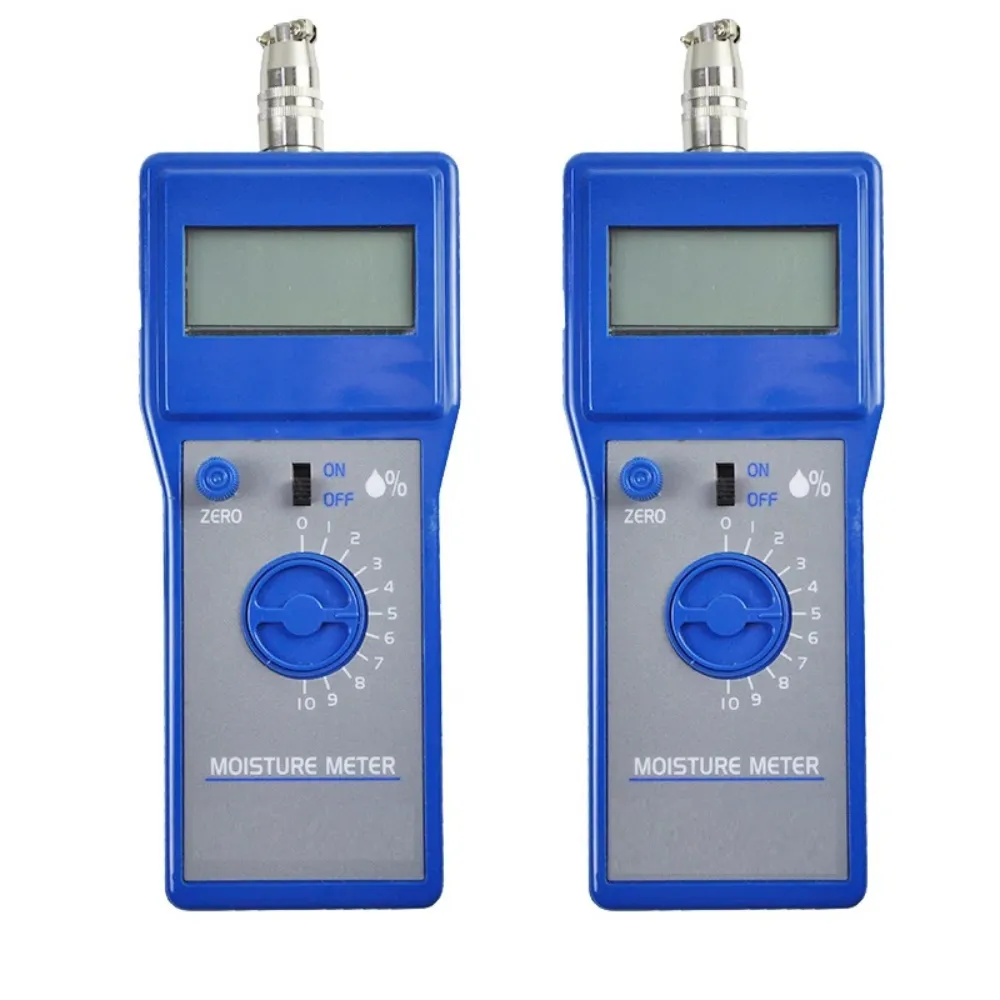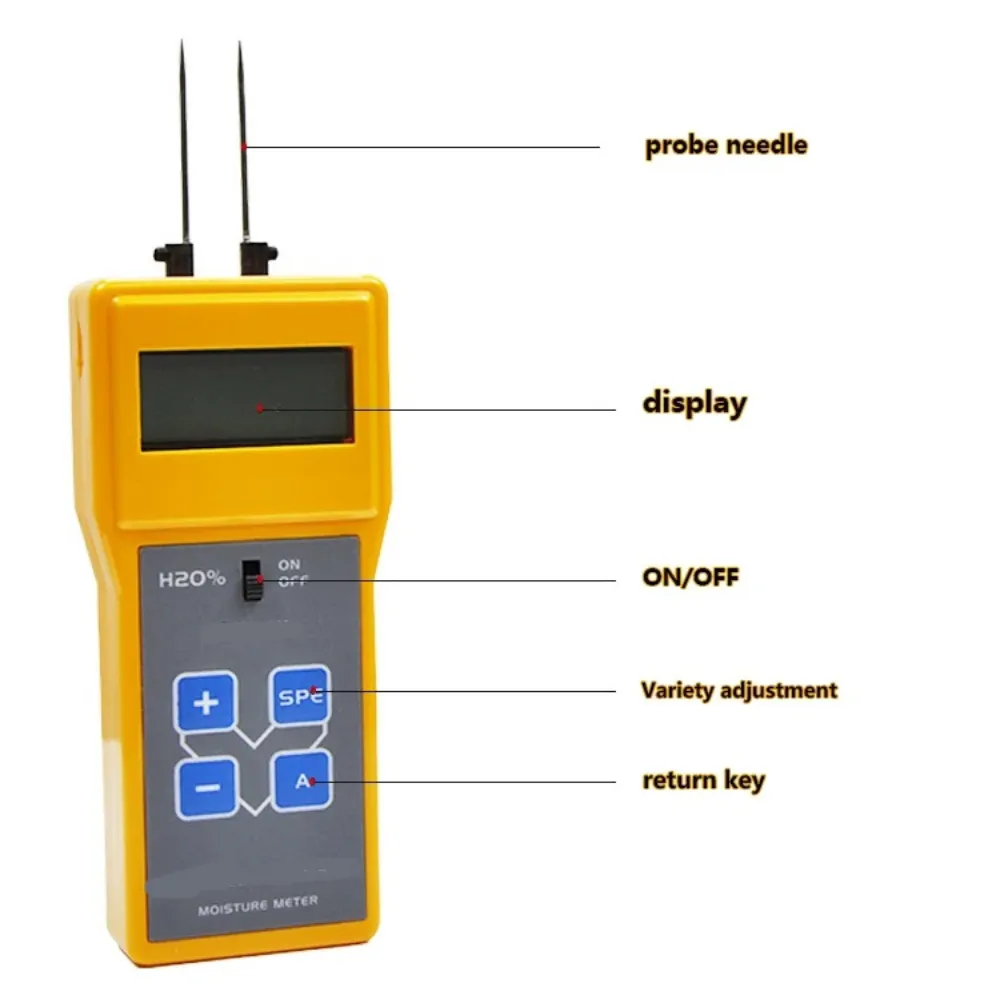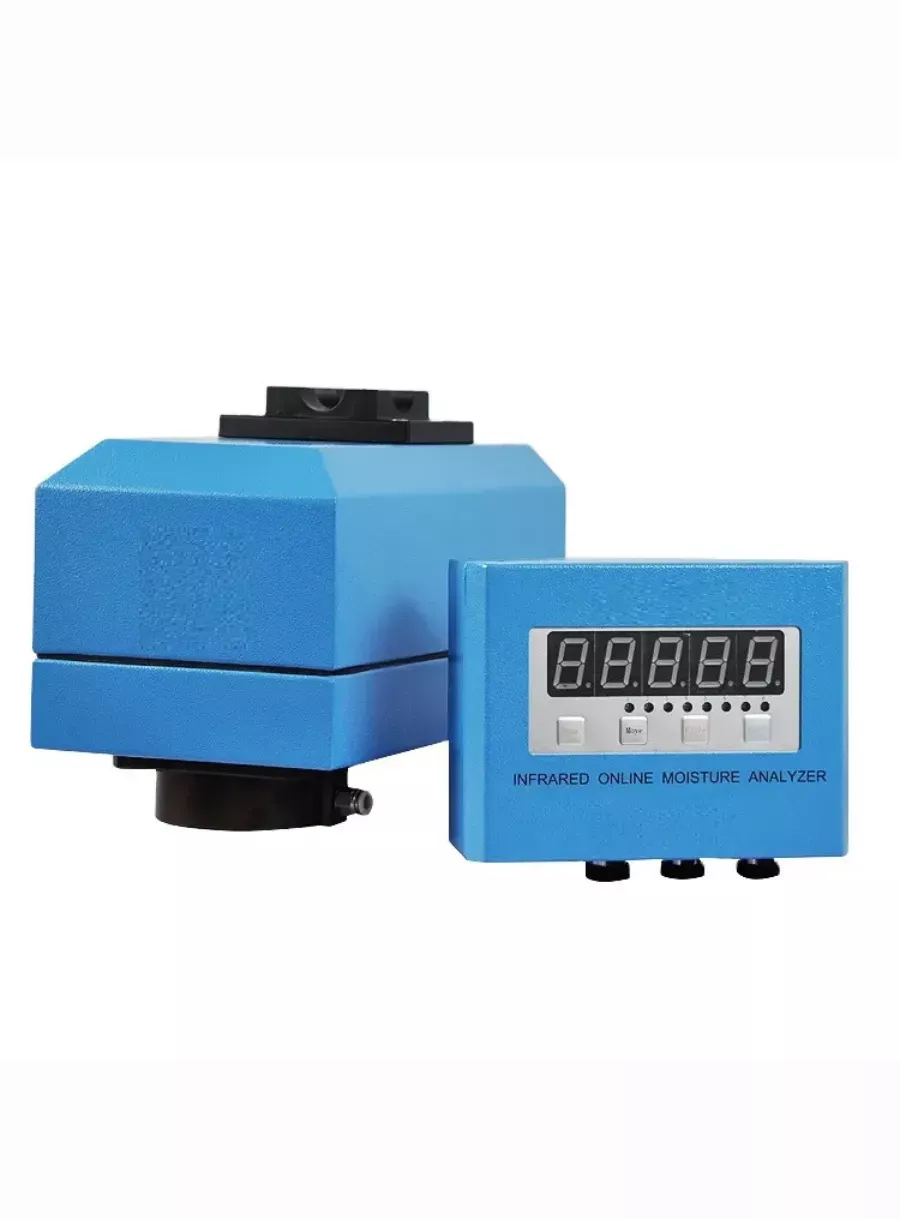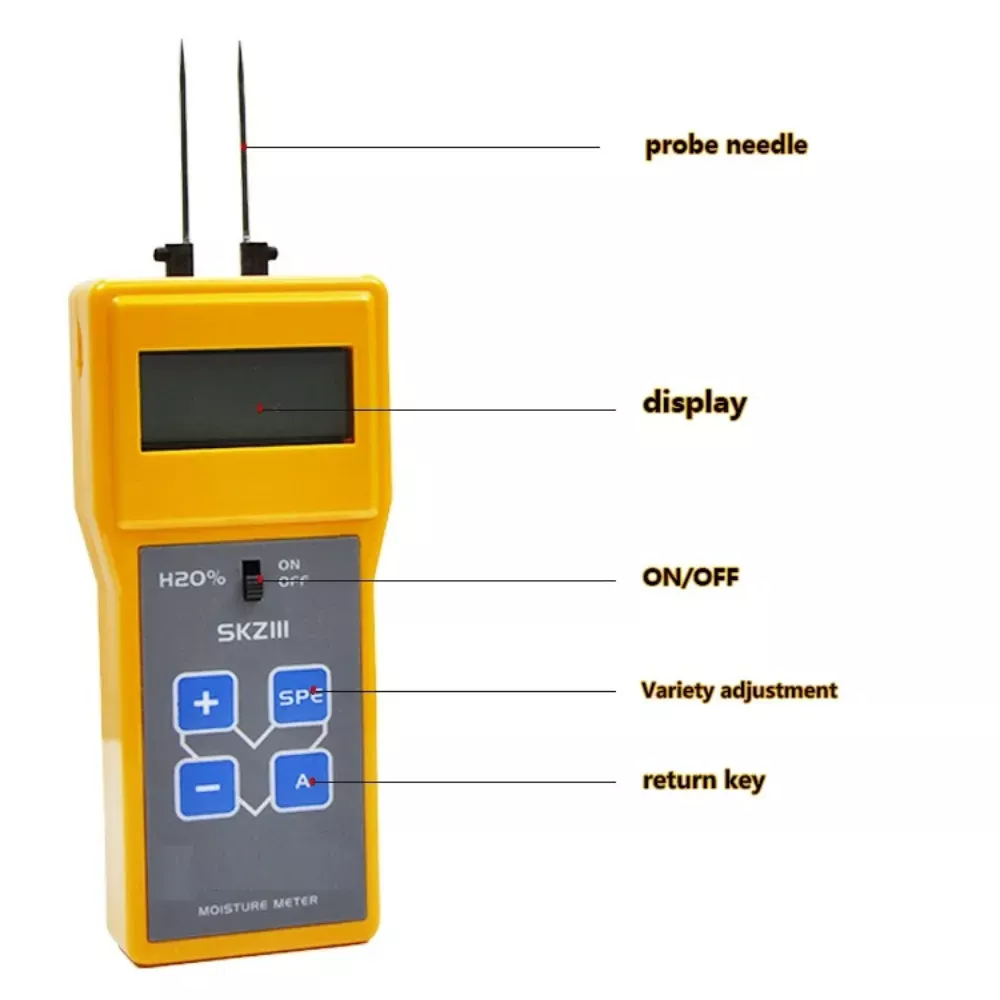
The Role of Moisture Meters in Disaster Recovery
Table of Contents
Moisture meters play a crucial role in disaster recovery, particularly in the aftermath of floods, hurricanes, and other natural disasters that can cause significant water damage to buildings and infrastructure. These devices are essential tools for assessing the extent of water damage and determining the appropriate course of action for repair and restoration. In this article, we will explore the role of moisture meters in disaster recovery and how they help in the process of assessing, repairing, and restoring damaged properties.
Moisture meters are specialized instruments designed to measure the moisture content in various materials, such as wood, concrete, and drywall. They work by emitting an electromagnetic field that penetrates the material and detects the moisture content based on the absorption of the field. The moisture content is then displayed on a digital readout, allowing users to determine the level of moisture in the material and make informed decisions about the necessary repairs.

In the context of disaster recovery, moisture meters are invaluable for assessing the extent of water damage in affected buildings. By measuring the moisture content in different areas of the structure, disaster recovery teams can identify the areas that require immediate attention and prioritize their repair efforts. This is particularly important in situations where resources are limited, and every effort must be made to minimize further damage and prevent the growth of mold and mildew.
Evaluating Structural Integrity
One of the primary uses of moisture meters in disaster recovery is to assess the structural integrity of buildings. Water damage can weaken the structural components of a building, making it unsafe for occupancy. By measuring the moisture content in key structural elements such as beams, columns, and foundation walls, disaster recovery teams can determine if the building is safe to occupy or if further repairs are necessary. This information is crucial for decision-makers in determining whether to repair or demolish a damaged building.

Identifying Mold and Mildew Risks
Another important role of moisture meters in disaster recovery is to assess the moisture content in building materials such as drywall, wood, and concrete. High levels of moisture can lead to the growth of mold and mildew, which can cause health problems for occupants and further damage to the building. By measuring the moisture content in these materials, disaster recovery teams can determine if they need to be replaced or if they can be salvaged with proper drying and ventilation.
Monitoring the Repair and Restoration Process
In addition to assessing the extent of water damage, moisture meters also play a crucial role in the repair and restoration process. By monitoring the moisture content during the drying process, disaster recovery teams can ensure that materials are dried to the appropriate moisture content levels to prevent further damage and the growth of mold and mildew. This is particularly important in situations where buildings are being restored after extensive water damage, as improper drying can lead to long-term problems and increased costs.
Conclusion
In conclusion, moisture meters are essential tools in disaster recovery, helping to assess the extent of water damage, determine the structural integrity of buildings, and monitor the drying process during repair and restoration efforts. By providing accurate and reliable moisture content measurements, moisture meters enable disaster recovery teams to make informed decisions about the necessary repairs and ensure that buildings are restored to a safe and habitable condition.
Comments
Tags
Frequently Asked Question
Moisture meters help identify areas with the highest moisture content, allowing disaster recovery teams to focus on the most severely affected areas first, preventing further damage and mold growth.
Yes, moisture meters can detect moisture in hidden areas such as behind walls or under flooring, helping to identify water damage that may not be visible to the naked eye.
By accurately measuring moisture levels in building materials, moisture meters help ensure that affected areas are dried thoroughly, reducing the risk of mold growth which thrives in damp conditions.
Yes, moisture meters are used from the initial assessment of damage through to the final stages of restoration, helping to monitor drying progress and ensure that materials are returned to safe moisture levels before reconstruction begins.


